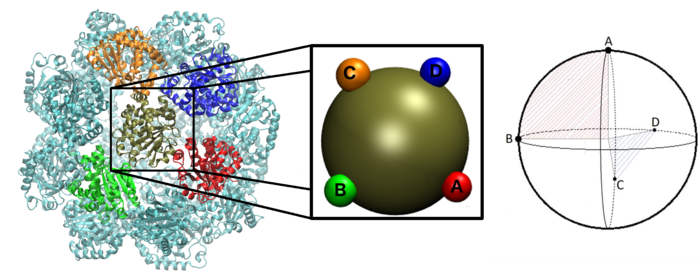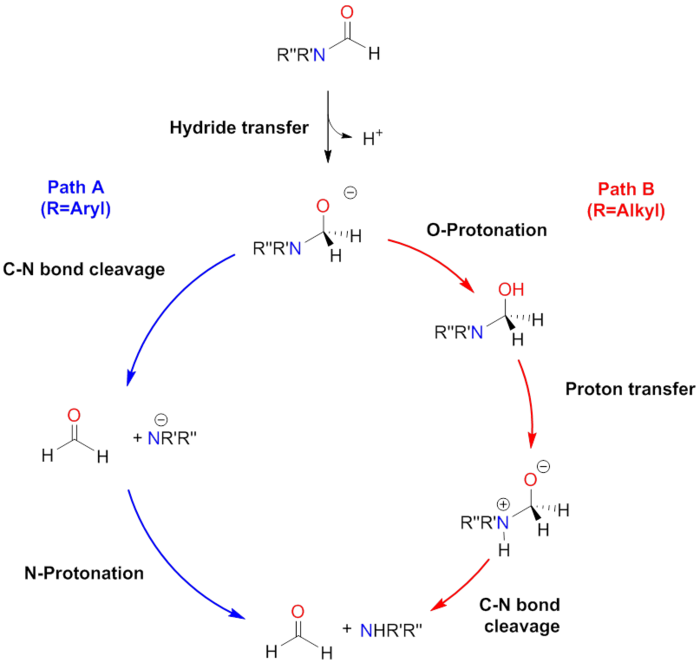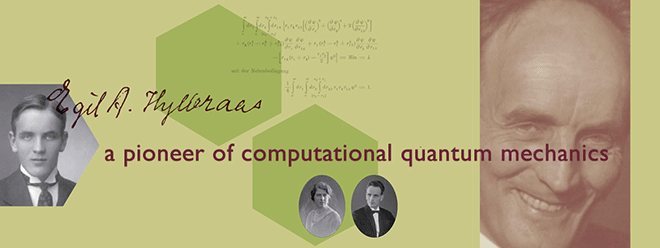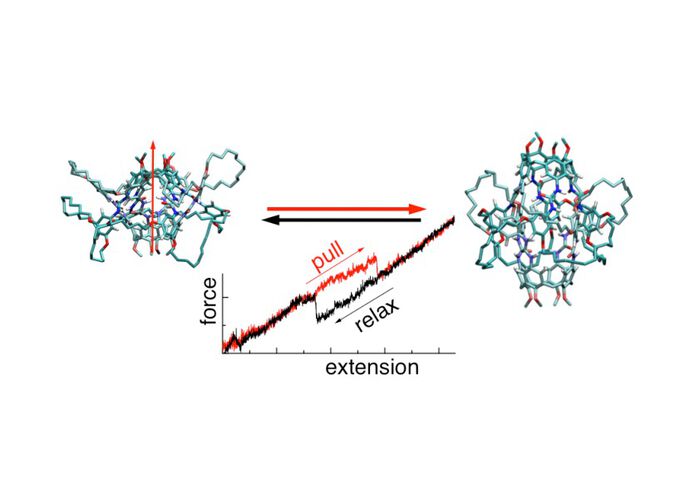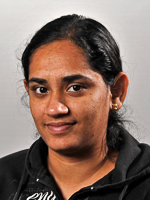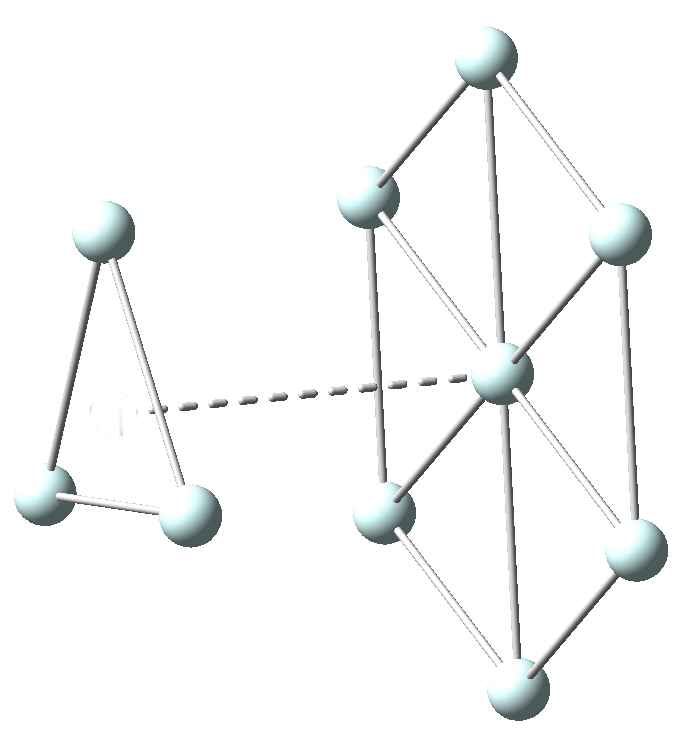Arrangementer - Side 11
The 2018 Dalton meeting held at the Hylleraas Centre in Oslo
Exploring of α-Tocopherol Transfer Protein Self Assembly using Monte Carlo Simulations
The α-Tocopherol Transfer Protein plays an important role in the retention of Vitamin E. Recently advanced transport of this protein in the human body have been discovered, that are linked to oligomerisation of this protein. In this talk I will share insight into the modelling process present to you the result of our most recent investigation on the self-assembly.
Computational study on amide hydrogenation to methanol
A closer look to amide hydrogenation. Investigation about the mechanism used by a bifunctional first-row catalyst to produce methanol. Description of its dependance on the substrate type.
Stochastic optimization of block Toeplitz matrices
Optimization of orbitals with respect to some function are conventionally sought by means of calculating gradients to the given function, thus tracing out a path towards some extremum. Depending on the function involved, the gradients may be cumbersome to compute, and the risk of converging to some local extremum is present. In my presentation I will consider how simple stochastic methods could potentially eliminate the requirement of calculating gradients and greatly increase the probability of convergence to a global extremum. Some practical examples for periodic systems will be discussed.
Magnetically induced current densities of electronic excited states at the MCSCF level
In this talk, I will present recent results about magnetically induced currents for low-lying electronic states at the MCSCF level of theory. Based on the strength of current-density susceptibility, we will discuss (anti)aromaticity of the electronic states.
Molecular simulations of the reversible mechanical unfolding of molecular assemblies
I will discuss the results of force probe molecular dynamics simulations of the mechanical unfolding of model systems showing reversible refolding. The discussion will focus on a question discussed vigorously rescently, the dependence of the results on the compliance of the pulling device. It is shown that for the system considered a simple harmonic approximation can be used to extend the standard model used for the interpretation of kinetic parameters obtained. The new model allows to extract additional information about the stiffness of the free energy landscape of the unfolding transition.
Christian Gjermestad
CO2 fixation via Mg-mediated hydride transfer
The transfer of a hydride to the carbon of CO2 is a possible first step towards utilization of carbon dioxide as a chemical feedstock. In this study selected organomagnesium compounds and their propensity for hydride transfer were studied using quantum mechanical modeling and mass spectrometry and it is suggested that Mg may assist in lowering the energy barrier for hydride transfers.
David Tozer
Density functionals from density scaling
Abstract see below.
Hybrid particle field molecular dynamics simulations of bio-molecular systems
Sarah Reimann
Magnetic fields in Kohn-Sham theory
In the talk a short introduction to magnetic-field density functional theory (BDFT) is given. The magnetisability is decomposed into its Kohn-Sham components and the performance of various approximate functionals is evaluated. Moreover, the field dependence of the correlation term is assessed
Jon Austad
Applied MP2 in strong magnetic fields
MP2 theory in the london formalism has been used to probe the behavior of noble gas clusters in strong magnetic fields, and also to investigate the properties of exact DFT in the presence of magnetic fields.
If psi solves H psi = E psi, do we have psi not equal to zero almost everywhere?
Computational study of a dinuclear Fe(I) catalyst for alkyne cyclotrimerization
DFT study of dinuclear iron complexes (FeI and FeII): a geometry and spin state modeling.
Title: Quantum Solutions for a Sustainable Energy Future
The Almløf-Gropen Lecturer of 2015 is Prof. Arieh Warshel, University of Southern California Los Angeles, CA, USA
Title: Adventures in Free Radical Chemistry: A Computational Approach.
The title of the 2013 Almlöf–Gropen lecture is "From Donor–Acceptor Complexes to Gallium Nitride Nanorods".
Symposium Speaker is Odile Eisenstein, Directeur de Recherche, Institut Charles Gerhardt, CNRS, Université Montpellier 2, France and Professor II, CTCC, University of Oslo.
Professor Harry B. Gray, California Institute of Technology, USA.
The title of the 2011 Almlöf–Gropen lecture is "Relativity and Chemistry; some recent results".

